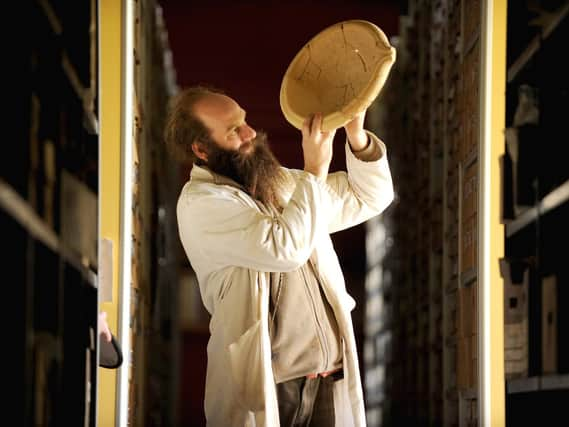BIG READ: Celebrate the discovery of a Roman palace


While it is unreasonable to believe we will ever have the quirks of either truly sussed, what we know about these respective domains is always growing thanks to groundbreaking research.Â
But sometimes, among both fields, the history books show, it is accidental discoveries which open our eyes to what would otherwise remain unseen.Â
Advertisement
Hide AdAdvertisement
Hide AdNothing proves this notion more than the events which led to the discovery of the great Fishbourne Roman Palace, near Chichester, in West Sussex.Â
Now home to a museum and reserves boasting more than 500,000 objects and artefacts, the residence '“ known to be the largest of its era north of The Alps '“ was found by an engineer from Portsmouth Water Company.Â
Indeed, humble Aubrey Barrett was merely digging to lay a pipe across a field the day he unearthed a massive wall foundation and reported it to local archaeologists, in 1960.Â
And it was his better judgment in doing so that prompted eight years of vital excavation from Northern Grammar School, Portsmouth graduate SIR Barry Cunliffe and his team, which revealed the largest collection of mosaics in situ in the United Kingdom.Â
Advertisement
Hide AdAdvertisement
Hide AdOne of which, Cupid on a Dolphin, is a fully-intact wonder to behold.Â
Mr Barrett's find gave academics and amateur historians an insight into how and why the Roman Empire lived in the south of England.Â
From today this fountain of knowledge will be celebrated, as Fishbourne Roman Palace '“ which those extensive ruins and relics were later coined '“ stages informative and interactive events to mark 50 years since it was opened to the public.Â
First up is a short course in Latin with expert George Sharpley, using original texts uncovering the stories of ancient British kings and queens.
Advertisement
Hide AdAdvertisement
Hide AdLater, on May 28Â '“ the palace's opening date half a century ago '“ visitors will get the chance to exchange their pounds for sixpences and denarii to spend at Roman stalls, and design their own birthday cards to mark the palace's 50th year.Â
Sure to be part of both fixtures is Dr Rob Symmons, who has been the museum's curator for the past 12 years.Â
Having completed projects in Jordan, Syria, Turkey, Eastern Europe and London's Natural History Museum, his job now is to protect Fishbourne's vast collection and make it accessible to all corners of the community.Â
'What's on display at the palace is our heritage and, although it costs to get in, it is so important to have access to that,' he says. 'It's a privilege to be involved with this site.'Â